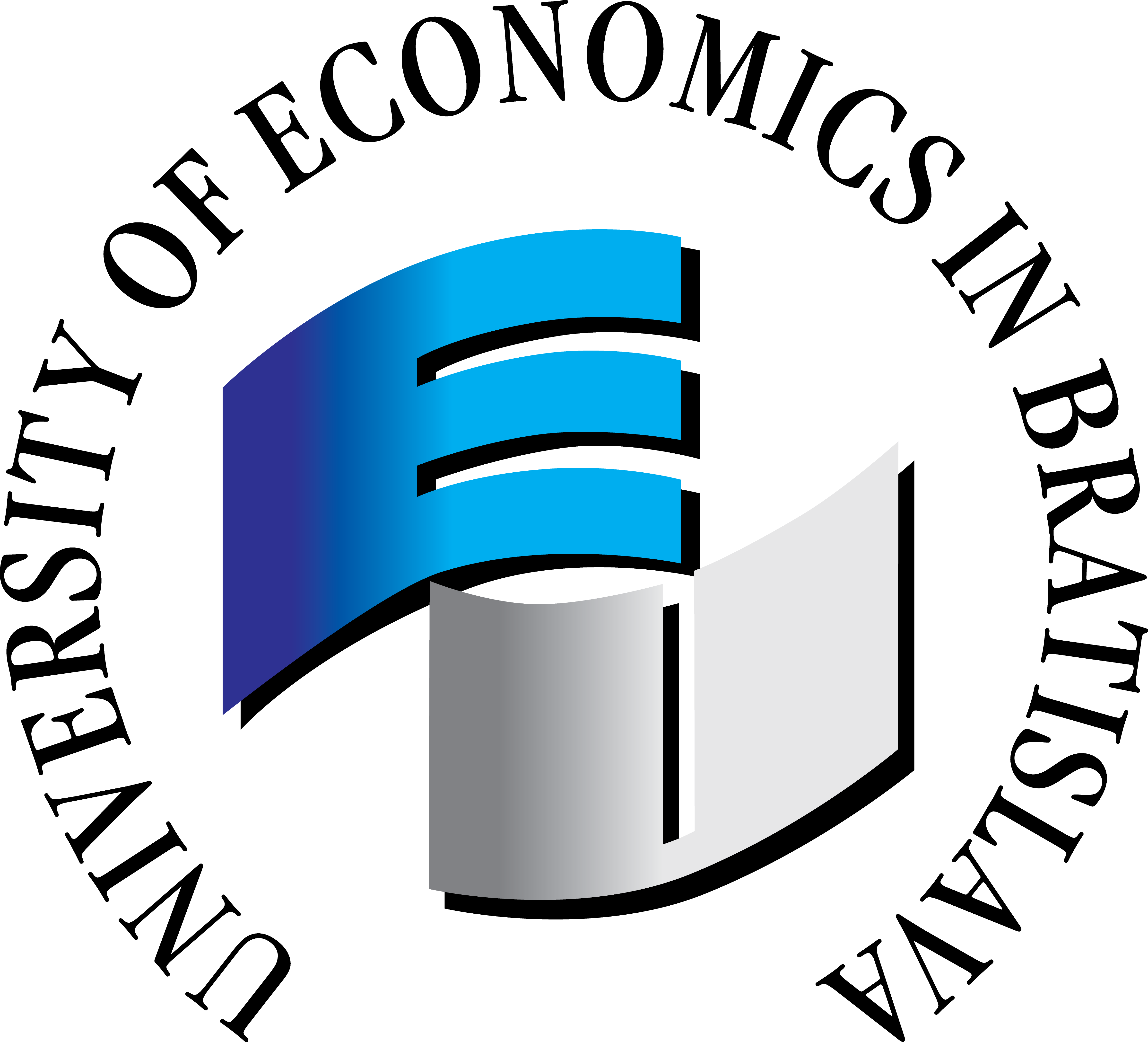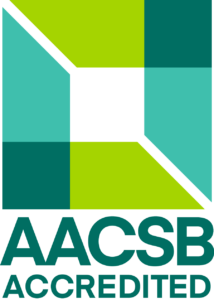World Economy 1
- Credits: 5
- Ending: Examination
- Range: 2P + 2C
- Semester: summer
- Year: 1
- Faculty of International Relations
Teachers
Included in study programs
Teaching results
The aim of the course is to provide students with knowledge about the structure and principles of the world economy’s functioning. The main task of the course is to acquaint students with the fundamental resources of the global economy (natural, human and financial resources) and the sectoral structure of the global economy (agriculture, industry and services). Special emphasis is placed on the current situation and major trends in the world economy, as well as on understanding the basic processes occurring in the global economy. The course, by its inclusion in the first year at the first stage of the study programme International Economic Relations, provides students with basic knowledge in this field, which will be supplemented by the completion of other related courses.
Knowledge: understanding the main principles of functioning of the world economy and the interaction between its actors, ability to identify the main trends and actual problems of the world economy, gaining knowledge on resources of the world economy and understanding the sectoral structure of the global economy.
Competences: critical and creative thinking in the field of the world economy, proposals for solving problem situations in international economic relations, competences to apply the basics of economic thinking at the international level.
Skills: ability to apply knowledge from economic theory to the world economy’s dimensions, searching for basic economic data in selected databases, ability to find relevant information sources on current events in the global economy and ability to analyse the fundamental processes taking place in the global economy.
After successfully completing the course, students should be able to:
- define the basic concepts and categories of international economics,
- identify and describe the main resources of functioning of the global economy,
- delineate the position of the Slovak Republic within the global economy,
- describe the sectoral structure of the world economy and to define the important features of each sector at the global level,
- identify and critically discuss current trends and problems of the world economy.
Indicative content
Introduction to the World Economy. Structure and current trends of the World Economy. Global financial and economic crisis 2008/09. The Slovak Republic in the World Economy. Natural resources in the World Economy. Population in the World Economy. Financial resources in the World Economy. Global agriculture. Global industry. Services in the World Economy. Globalization of the World Economy. Regional integration groupings in the World Economy. The future of the World Economy.
Support literature
DUDÁŠ, T. a kol.: Svetová ekonomika. Vydavateľstvo EKONÓM, Bratislava, 2017.
KUNEŠOVÁ, H. a kol.: Světová ekonomika – nové jevy a perspektivy. Nakladatelství C. H. Beck, Praha, 2014.
LIPKOVÁ, Ľ. A kol.: Svetová ekonomika. Vybrané témy. Vydavateľstvo EKONÓM, Bratislava, 2009.
STACHOVÁ, P. a kol.: Medzinárodné ekonomické vzťahy v 21. storočí. Wolters Kluwer, Bratislava, 2019.
Syllabus
1. Introduction to the World Economy. Theoretical basis of the course. Explanation of the basic concepts – international economics, world economy and its main actors, economic complex and its features. A brief overview of historical development of the world economy. 2. Structure and current trends of the World Economy. The structure of the world economy – advanced economies and developing countries, their internal differentiation. The largest economies in the world. Identification of current trends and problems in the development of the world economy. 3. Global financial and economic crisis 2008/09 – reasons and implications. Causes of the outbreak, course, and consequences of the 2008/09 global financial and economic crisis. Government measures aimed at combating the crisis. 4. The Slovak Republic in the World Economy. Position and the way of involving Slovakia in international economic relations (foreign trade and investment). Economic development of the Slovak Republic since 1993. Development of the national competitiveness of Slovak economy. 5. Natural resources in the World Economy. Definition and classification of natural resources. Sources of energy in the global economy – their importance, origin, price formation and consumption. Renewable sources of energy. Reserves and utilization of metallic minerals. 6. Population in the World Economy. Historical development of the world population. The size, territorial distribution and trends of the current world population. Human capital, differences in quality of life and Human Development Index. Demographic policy and selected demographic problems (aging population, disease, growing urbanization, etc.). 7. Financial resources in the World Economy. Definition and meaning of financial resources. Creation and distribution of financial resources in the world economy. International movement of capital. International financial markets. 8. Global agriculture. Introduction to the sectoral structure of the world economy. The current state, geographical specifics and problems of global agricultural production. World trade in agricultural commodities – territorial and commodity structure, price formation, the most important actors, and the most traded commodities. Prospects for global agriculture. 9. Global industry. A brief history of world industrial production. Heavy and light industry in the world economy – territorial distribution and the most important actors. Prevailing trends in global industry (foreign outsourcing, concentration of production, etc.). 10. Services in the World Economy. Services – definition, classification and theoretical approaches in economics. Factor and non-factor services. Major trends in the provision of global services. World trade in commercial services – liberalization tendencies, forms of provision, most traded services and main actors. 11. Globalization of the World Economy. Definitions, theoretical approaches and types (aspects) of globalization. The waves of globalization. Measurability of globalization. Globalization processes. Transnational corporations as major actors in economic globalization. The impact of globalization on the global economy – positive and negative consequences. 12. Regional integration groupings in the World Economy. The essence, reasons and motives for international economic integration. Degrees of international economic integration. Regionalism. The most important regional integration groupings in the world economy. Position of the European Union in the global economy. 13. The future of the World Economy. Long-term trends in the development of the world economy. Alternative scenarios of the global economy development. The future of advanced and developing countries. New global actors in the world economy – emerging markets.
Requirements to complete the course
The final grade of the course consists of two basic components: 40 % of the overall assessment corresponds to the work at seminars during the study part of semester and 60 % of the overall assessment is in the form of a final written exam.
Student workload
Attendance at lectures: 26 hours, attendance at seminars: 26 hours, preparation for seminars: 26 hours, preparation for final exam: 52 hours.
Language whose command is required to complete the course
Slovak
Date of approval: 20.02.2025
Date of the latest change: 09.04.2025

